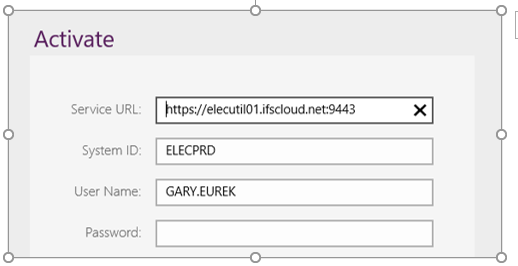According to the IFS documentation, there are two types of initialization defined as follows:
- Initialization - sends pending transactions to the mobile app,; deleted local database on mobile app; re-syncs all data.
- Force Initialization (which only becomes available after selecting an initialization) - immediately deletes the local database on the mobile app including any pending transactions; re-syncs all data.
Following are the only ways I am aware of when an initialization occurs.
- The first time a new user logs into the mobile app.
- When the user logs in from the Activate box after Deactivating.

- Clicking on the Initialize button in the mobile app.

- Clicking on the Force Initialize button in the mobile app.

Questions
We’d like to avoid having a user Force Initialize so no transactions are lost. So here are my questions:
- Besides the Force Initialize button, are any of the examples above considered a Force Initialization?
- Are there any other says to perform a Force Initialization?
- Are there any scenarios when you would want to Force Initialize?
thanks






